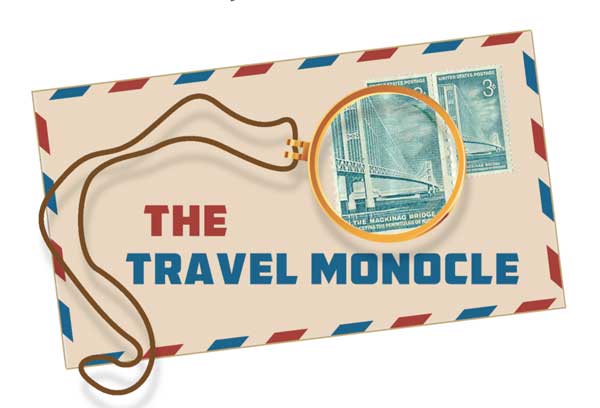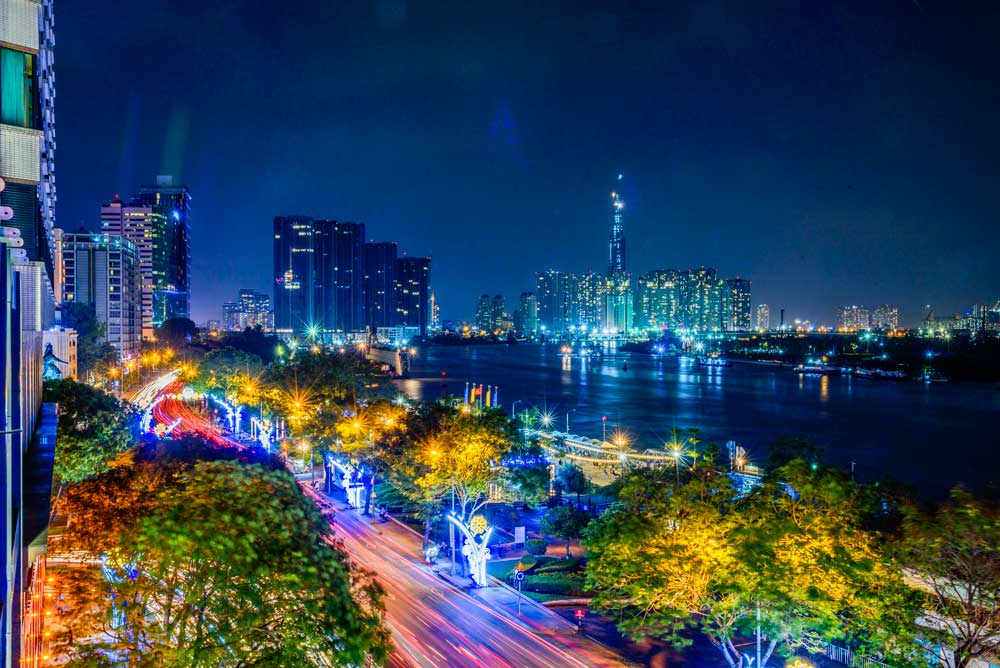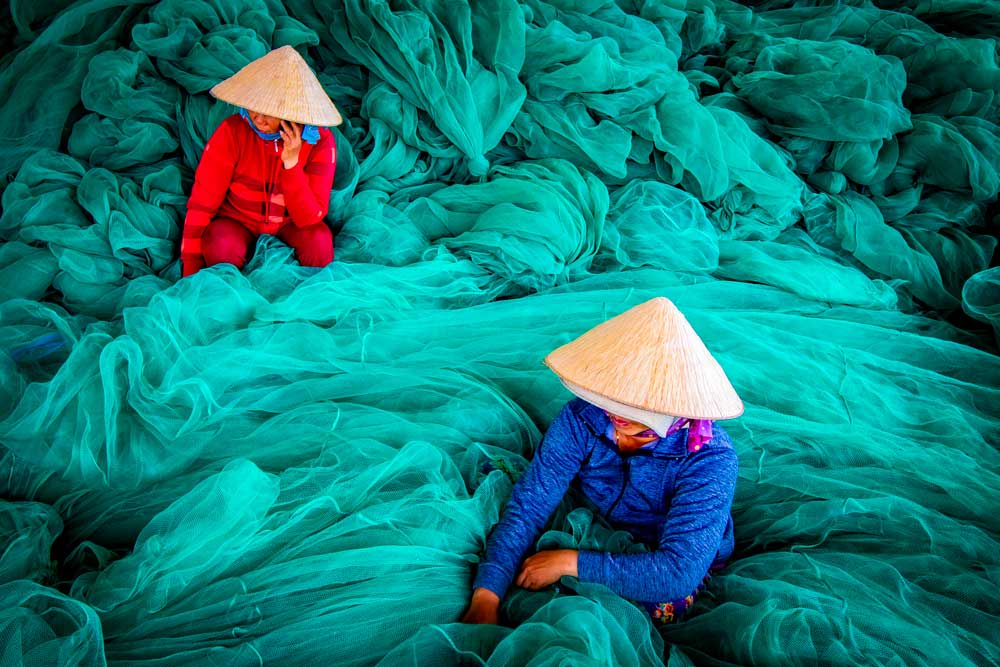Vietnam: From quagmire to paradise


Aerial view of Ho Chi Minh City, formerly Saigon, 8 million people strong. Wow, what a difference 50 years makes.
Eons ago (1969), my first vivid memory of Vietnam was a Viet Cong rocket cratering not far away from where I was brushing my teeth. For the most part, it got better from there, though it was difficult to appreciate the beauty of the place in a war-time environment.
Asia’s answer to elongated Chile, this gem of a country is brilliant in so many ways. Majestic mountains, seascapes galore and so verdant and humid it seems that anything can grow anywhere.
As a warrior, I was not far from Hue, the old imperial capital on the Perfume River. Stunning in all ways, it is almost mystical in its allure. Central to the country and steeped in history, the essence of it is in its walled enclosure within the Citadel, also a part of a historic U.S. Marine battle in our Vietnam War in January 1968. It is a UNESCO World Heritage Site, therefore to miss it while in the area would be unfortunate.
But there is far more to this country, as I later learned. I visited again with my daughter. The metamorphosis that occurred was beyond anything I could have imagined. It seemed as if a third-world country had leaped from a primordial swamp into the future. Saigon, Vietnam’s largest city, was a thriving scene of tourism, a coveted international destination. Plush hotels were ubiquitous, luxury boutiques everywhere. Eight million residents will ensure you are never lonely.
Today, it is known as Ho Chi Minh City, named after its national hero, given principal credit for victory in the war. Broad boulevards are common, and those interested in French Colonial architecture will not be disappointed. Among key attractions are the Opera House, Notre Dame Cathedral and the Reunification Palace. Restaurants abound and Vietnamese cuisine is among the most creative and healthful in Asia.

Taking care of business, workers mend and maintain their fishnets.
I also sojourned to the Mekong Delta, low-lying swampland. Described as a biological treasure trove, well over 1,000 animal species have been recorded within it. Once part of the Khmer Empire, the Mekong is a center of agriculture, delivering more than 50% of Vietnam’s rice annually. So, too, with Vietnam’s fishing capacity – the majority of all fishing vessels are berthed in or near the region. In more than a few ways, it is a world all its own.
Some small swimming enclaves, earlier R and R sites for American soldiers have been expanded and since become enticing beach destinations like Da Nang, Vung Tau, Quy Nhon and Nha Trang, all in the old south. Though never personally visited, Ha Long Bay in the north is preposterously beautiful with 1,600 limestone islands, also a named UNESCO World Heritage Site. Many 4- and 5-star resorts are also mushrooming in many of these areas and accommodations can be had at half-Hawaii pricing.
Though professedly communist in its politics, the evolution of its mixed economy has, for some, neutralized the bad taste left by the U.S. exodus in 1976. Further, it is not at all unreasonable to say that this small but mighty nation has emerged as one of the curious powerhouses of Asia, in thrall to no one, and on a path to extraordinary economic success.
By Joe Gschwendtner; courtesy photos